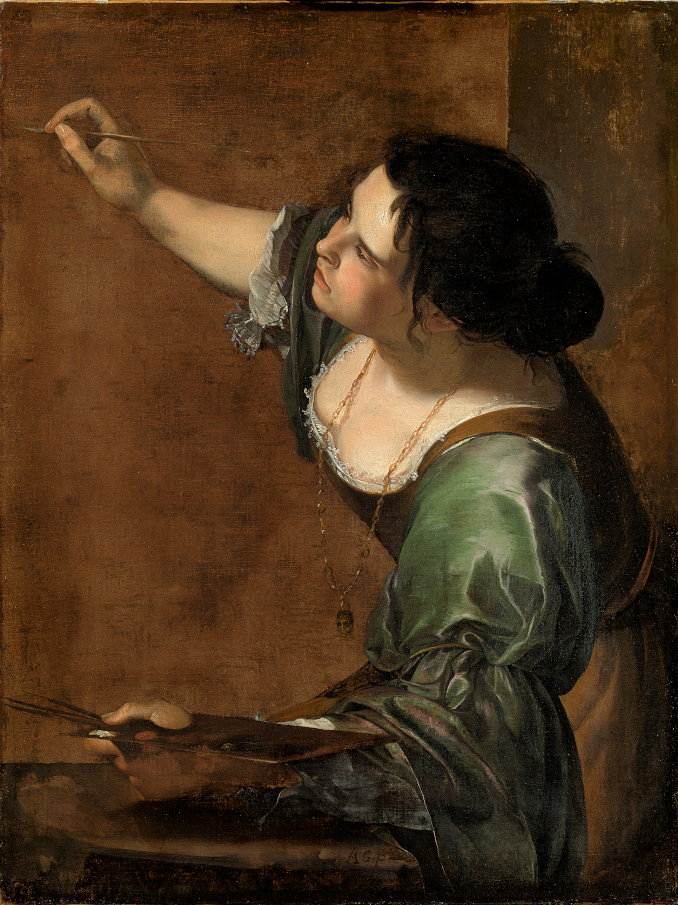
By Nina Heyn – Your Culture Scout
Unique, beautifully designed and crafted, and visually arresting, gold objects are always stars of any museum display, regardless of the symbolism or cultural context that may have been lost over time. From the earliest civilizations of the Fertile Crescent, through ancient Egypt, and in all African and South American cultures all the way through two millennia of European statehoods, gold has been used to create the most important works of art. One of the reasons that gold is so valuable in art is the fact that artworks made out of gold retain their shape for millennia—no other material, not even the hardest stone, can boast of that. The other reason is because of gold’s expense; in past eras, only the most accomplished artist would have been given commissions to make something out of gold, and only the clients with the deepest pockets, often rulers of nations, would have been able to commission objects of luxury or religious devotion. Some of the results include Cellini’s salt cellar, Chinese funerary masks, Egyptian figurines for pharaohs’ tombs, and Renaissance royal jewelry.








